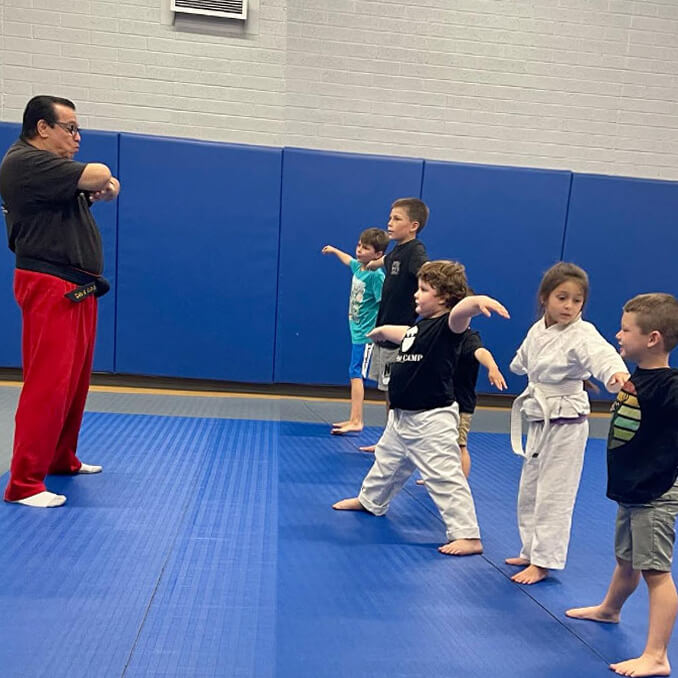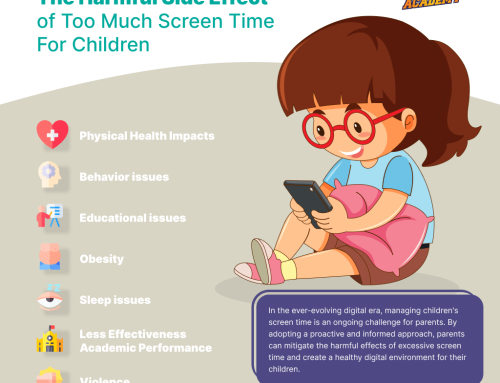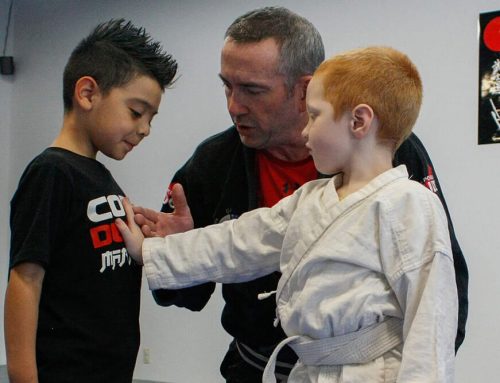Martial Art programs for kids are extremely popular. It’s difficult to estimate how many children practice martial arts, but In the United States alone, according to the Sports & Fitness Industry Association’s (SFIA) participation report, which provides insights into sports and fitness activities, martial arts consistently rank among the top activities for children. While specific numbers can fluctuate from year to year, the SFIA’s reports typically indicate that millions of children in the United States are involved in martial arts programs annually.
What was once viewed as a dangerous activity suited only for a mature audience has morphed, thanks in part to popular culture, into a pastime to help kids develop physically, mentally, and emotionally. Overall, the combination of physical activity, character development, and self-defense skills makes martial arts an attractive option for many parents seeking extracurricular activities for their children.
But just like the martial arts themselves, programs for children can very greatly. Some martial arts may be more suitable for younger children, while others may require more physical strength and coordination. Look for programs specifically designed for your child’s age group, with instructors experienced in teaching children.

I appreciate all martial arts and have been a lifelong student. But not all martial arts are suited for all kids. Coach Decker’s children’s martial art program is “Mat Monkeys”. I don’t believe I invented the term; others have used that name as well. However, I’ve certainly used it the most consistently for the longest period to describe kids 4 to 9 years of age. It’s a physical education program designed for primary aged children and is intended to provide a solid foundation for grappling based martial arts such as Judo, Jujitsu, and wrestling.
Another common martial art program for kids is called Little Ninjas. The term Little Ninjas is a little more generic and probably predates Mat Monkeys programs. Often Little Ninjas is open to younger children, as young as age 3, and typically has a striking focus, like Karate or Taekwondo, but also is intended to develop basic physical education skills. While there might not be a universal definition, here are the general distinctions:
- Age Group: “Little Ninjas” typically refer to younger children, often in the preschool to early elementary school age range. They are usually between 3 to 6 years old. On the other hand, “mat monkeys” might encompass a slightly older age group, perhaps ranging from 4 to 9 years old.
- Focus and Curriculum: The curriculum for little ninjas often focuses on basic martial arts skills and concepts, such as balance, coordination, discipline, and rudimentary martial arts techniques. mat monkeys, on the other hand, may have a broader curriculum that includes not only martial arts but also gymnastics, tumbling, and other physical activities performed on mats.
- Imagery and Themes: The term “ninja” typically conjures images of stealth, discipline, and martial arts prowess, even in a playful context for children. “Mat monkeys” may imply a more playful and agile approach, with an emphasis on movement and flexibility, akin to how monkeys might move and play on mats.
- Instructor Approach: Instructors teaching little ninjas may tailor their approach to suit the attention spans and developmental levels of very young children, focusing on simple, engaging activities that build foundational skills. Mat monkeys may receive instruction that is slightly more advanced, but still centered around play-based learning and skill development.
These are generalizations, and the actual differences between the two terms could vary depending on the specific martial arts or gymnastics program and the preferences of the instructors or organization using them.
I think both are valuable and can be fun activities for kids. Generally, my approach and preference for grappling martial arts over striking martial arts for children has to do with how appropriate (or inappropriate, as the case may be) to hitting. Karate is a fine martial art for kids, but I’ve never met a teacher who agrees that a punch in the face is an acceptable solution to kids’ problems. And the Karate instructor has a limited set of tools in their toolbox.
Having said that, hitting things, such as targets, can be fun sometimes and does teach valuable physical skills such as distance perception and timing. And there is a something of a thrill to set a goal to break a board and succeed at that impressive feat. So, with that in mind, we have asked our good friend and Martial Arts mentor, Master Instructor Ken Corona to share his Little Ninjas Martial Arts program with our kids this summer. It will be a fun vacation from our regular routine and an opportunity to learn something new.






